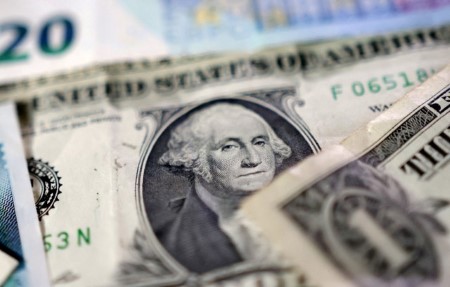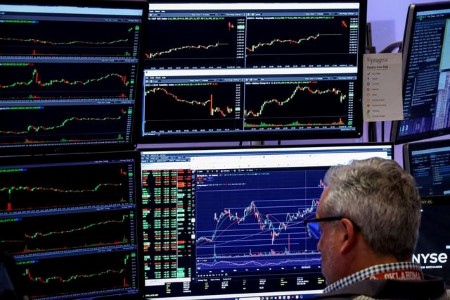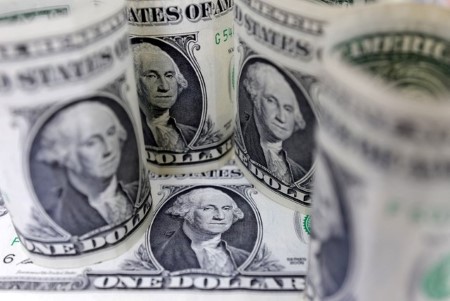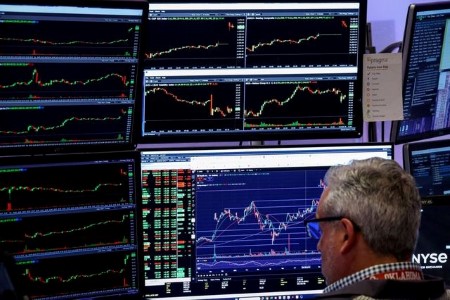TOKYO – The dollar traded near a 2-1/2 month low against the euro and close to a 10-month trough versus the risk-sensitive Aussie on Tuesday as investors cemented bets for a Federal Reserve interest rate cut this week and more to follow.
The greenback changed hands just shy of a more than two-month low on the British A pound, with US President Donald Trump renewing calls for aggressive monetary easing.
Markets see a rate reduction of at least 25 basis points on Wednesday as a certainty, with a small chance of a super-sized 50 basis-point cut. A total of 67 basis points of reductions are seen over the rest of this year, rising to 81 basis points by end-January.
Trump in a social media post on Monday called on Powell to enact a “bigger” cut to benchmark interest rates in a social media post, pointing to the housing market.
Rapidly softening labour market data has been the key driver of the ramp-up in easing bets in recent weeks, resulting in a lower dollar and bond yields while pushing up equity prices, with Wall Street setting new records on Monday.
There is an “increasing view that the Fed is behind the curve and needing to ramp up the urgency to take rates to neutral,” said Chris Weston, head of research at Pepperstone.
“The weight of capital is moving ever closer to a consensus position that the Fed cut rates not only in the September meeting, but also in October and December, and possibly in January too.”
The euro was little changed early in Asia’s morning, changing hands at USD 1.1765, not far from last Tuesday’s high of USD 1.1780, a level that had not been seen since July 28.
Sterling was steady at USD 1.3605 after reaching USD 1.3621 in the previous session for the first time since July 8.
The Australian dollar held firm at USD 0.6672, right below Monday’s high of USD 0.6674, the highest since November 8.
The US dollar was flat at 147.42 yen.
(Reporting by Kevin Buckland; Editing by Sam Holmes)







 DOWNLOAD
DOWNLOAD













